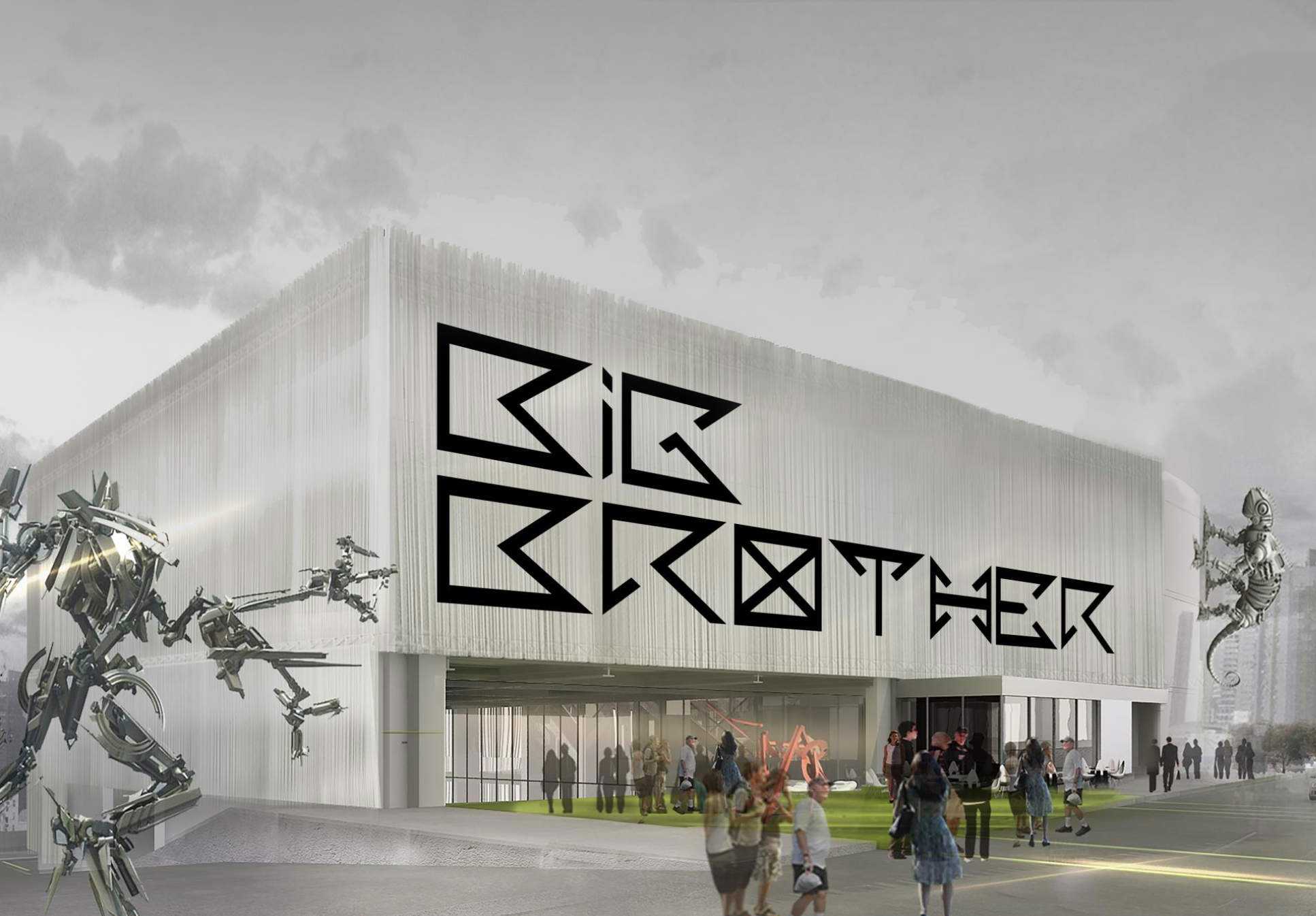
Big Brother – Scenario
Technology-driven journalism and reliable solutions
Background:
The year is 2030 and we get to follow an afternoon in Fredrik’s life.
Fredrik works at FMG in central Stockholm, Sweden. He has worked here since the early 2020’s; he commenced his career in sales but has since then worked his way up to become an AI-recreator.
The scenario:
“Damn, what a day.” The last meeting of the day is running late and Fredrik checks the news while waiting for it to end so that he can go home. He scrolls through his feed, which is usually packed with news. The first thing that comes up is a big headline that a Swede, Maria, was shot during an event in South America. Is the Carnival in Rio on right now?
Before he has finished reading the meeting is over. He skims through the rest of the article on the way out, but since he was neither on site nor has any connection to the victim, he chooses not to confirm nor deny the truthfulness of the article. However, he understands that it is true that a shooting has taken place because the number of people who confirm this article is well over a hundred thousand. “How did we even know what was true before?”, Fredrik thinks as he runs down the stairs.
He walks out on the street and sees a man who throws a piece of paper on the ground. Fredrik shakes his head. How stupid can you be? In the past, you could litter without getting fined directly from your account, but now that cameras are everywhere, combined with facial recognition technology and the mandatory fingerprint and DNA scanning of newborns, it is impossible to get away with unwanted behavior. “It feels safe not to have to worry about crime anymore,” Fredrik thinks.
In the subway, he receives a notice from his favorite news site: “Thank you for helping us identify three fake articles last week! This means that we can develop our algorithms and become even better at delivering high-quality content to you. As a reward, you get the opportunity to opt out of the ads in your news feed for a week.” Perfect. It took a while before the truth-meters worked properly; in the beginning, many liars were fined when it was revealed that they had no connection to the news event and only chose to rank articles to avoid advertising. Now it works as it should.
Fredrik comes home to his partner, who is tired after a long work week. He works as a journalist and is responsible for the South American feed on the news site. Since the first shot was fired during the Rio Carnival, the material collected from livestreams, social channels and foreign news sources has been massive – but an event like this has not happened before, so there was no previous data on what angles readers want from this kind of news. However, since the truth ratings were sky-high around the world, he had immediately felt that this event would be able to attract readers in Sweden – provided that they found the right angles.
Fredrik asks his partner to tell him more and he says that it was difficult to choose the right keywords for all different target groups so that the AI writer could start writing the personalised articles for all Swedish target groups. A large part of his workday was therefore spent closely monitoring the incoming data to ensure that the automatically written texts had the right angles.
“I’m completely exhausted, it’s almost impossible to find so many interesting angles that make Swedes interested in something happening so far away,” he says. “It was only after lunch, when the police register showed that blood from one of the victims came from a person whose origin was one-eighth Swedish, Maria, that the number of readers began to increase.”
Fredrik is impressed by his partner who has managed to adjust to his new role description as a journalist so quickly. Of course, he missed the actual writing in the beginning, but it is actually the news research, the right angles and target group adaptation that is the most important when it comes to today’s news. And he’s really, really good at it, Fredrik thinks and decides to have a cup of tea.

